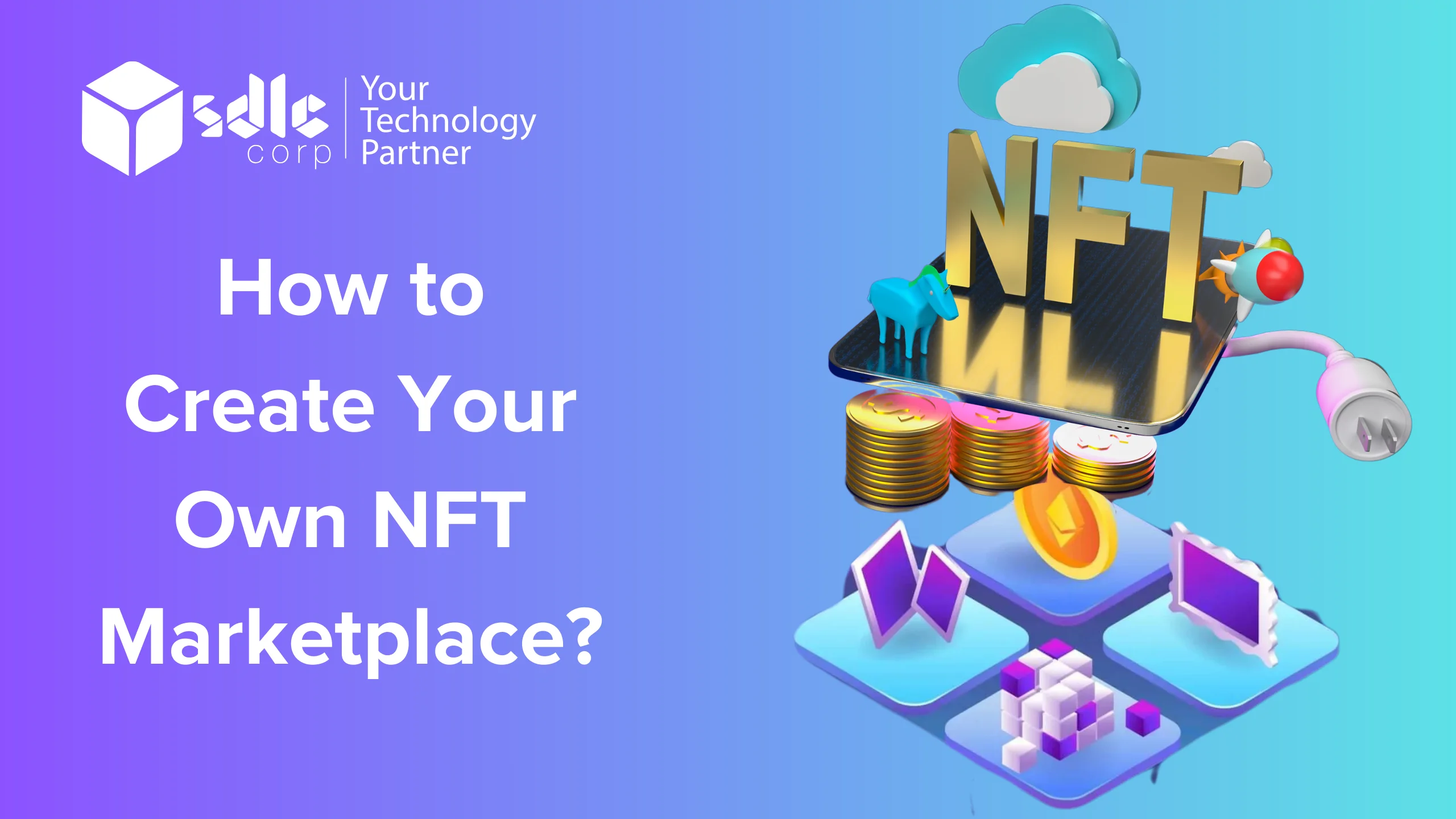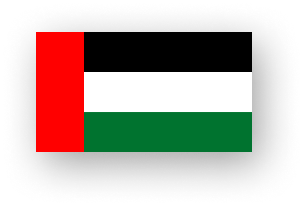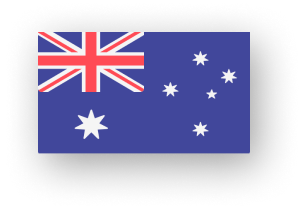The rise of NFTs (Non-Fungible Tokens) has transformed the way digital assets are bought, sold, and owned. From art and music to gaming assets and virtual real estate, NFTs have created a multi-billion-dollar industry that continues to grow. While platforms like OpenSea and Rarible dominate the market, businesses and creators are now looking to develop their own NFT trading platforms to gain greater control, branding, and monetization opportunities.
If you’re wondering how to build an NFT marketplace, this guide will walk you through the entire development process—from choosing the right blockchain to integrating smart contracts and optimizing for user experience.
For businesses looking to launch a secure and scalable NFT marketplace, NFT marketplace development services can provide the right expertise to create a customized, user-friendly platform.
Let’s dive in! 🚀
1️⃣ What is an NFT Marketplace?
An NFT marketplace is a decentralized platform where users can:
✔ Mint NFTs (convert digital assets into blockchain-based tokens).
✔ Buy and sell NFTs through cryptocurrency transactions.
✔ List, trade, and auction NFTs with smart contract automation.
Unlike third-party platforms, businesses opting for a custom-built NFT marketplace have the advantage of tailored features, lower fees, and complete control over transactions.
2️⃣ Choosing the Right Blockchain for Your NFT Marketplace
The blockchain network you choose affects transaction speed, security, and cost-efficiency. Some of the most popular options include:
🔹 Ethereum
✔ Industry leader for NFT projects
✔ Supports ERC-721 & ERC-1155 token standards
✔ Strong developer community
⚠ Downside: High gas fees during peak congestion.
🔹 Binance Smart Chain (BSC)
✔ Lower transaction costs
✔ Faster speeds compared to Ethereum
✔ Easy integration with Ethereum-based NFTs
⚠ Downside: Less decentralized than Ethereum.
🔹 Solana
✔ Extremely low fees
✔ Handles up to 65,000 transactions per second
✔ Growing ecosystem for NFT projects
⚠ Downside: Fewer NFT marketplaces compared to Ethereum.
Choosing the right blockchain is essential to ensure scalability, cost efficiency, and security for your marketplace.
3️⃣ Essential Features of a Custom NFT Marketplace
To compete with existing marketplaces, your platform should include:
✅ User Registration & Wallet Integration – Support for MetaMask, Trust Wallet, and Coinbase Wallet.
✅ NFT Minting & Listing – Enable creators to upload digital files, set prices, and define auction terms.
✅ Advanced Search & Filters – Help users find NFTs by category, creator, or price range.
✅ Auction & Bidding System – Support both fixed-price and auction-based sales.
✅ Smart Contract Automation – Ensure secure transactions, royalties, and NFT transfers.
✅ Security & Transaction History – Maintain transparency with blockchain-based records.
A well-designed NFT marketplace platform enhances user engagement and credibility, making it easier to attract creators and collectors.
4️⃣ Smart Contract Development for NFTs
🔹 What Are Smart Contracts?
Smart contracts are self-executing blockchain protocols that handle:
✔ NFT minting & verification
✔ Automated payments & royalties
✔ Ownership transfers & dispute resolution
🔹 Choosing the Right Token Standard
For Ethereum & Polygon:
- ERC-721 (For unique NFTs)
- ERC-1155 (For multi-use NFTs)
For Binance Smart Chain:
- BEP-721 & BEP-1155 (Ethereum-compatible)
For Solana:
- Metaplex Standard
Ensuring secure and well-audited smart contracts is crucial in preventing fraud and automating NFT transactions. Businesses seeking secure blockchain-based transactions should consider smart contract development for customized automation.
5️⃣ UI/UX Design for a Seamless NFT Marketplace
A well-structured marketplace should focus on intuitive navigation and high-speed performance.
🔹 Best Practices for UI/UX
🎨 Simple & visually appealing layout – Ensure easy navigation for users.
🔍 Efficient search filters – Help buyers find relevant NFTs faster.
🛡 Seamless wallet connection – Enable instant sign-in via Web3 wallets.
📱 Mobile-friendly experience – Optimize the platform for smartphones.
A marketplace designed with user experience in mind ensures higher engagement and retention rates.
6️⃣ Security Measures for Your NFT Marketplace
Security should be a top priority to protect users from scams and cyber threats.
✅ Smart Contract Audits – Regular audits prevent exploits and vulnerabilities.
✅ Two-Factor Authentication (2FA) – Adds an extra layer of account security.
✅ DDoS Protection – Prevents cyberattacks and downtime.
✅ Escrow-Based Payments – Ensures secure transactions between buyers and sellers.
Robust blockchain security infrastructure helps protect against fraud while ensuring smooth and transparent NFT transactions.
7️⃣ Monetization Strategies for NFT Marketplaces
Generating revenue from an NFT marketplace can be achieved through:
💰 Transaction Fees – Earn a percentage on every NFT sale.
💰 Listing Fees – Charge for NFT minting and marketplace exposure.
💰 Membership Plans – Offer VIP access for exclusive deals.
💰 Premium Features – Provide boosted listings and priority placements.
A sustainable revenue model ensures long-term success and profitability.
8️⃣ Testing & Deployment of Your NFT Marketplace
Before launching, ensure:
✅ Smart contract testing – Check minting, transfers, and royalties.
✅ Load testing – Ensure stability during high traffic periods.
✅ Security validation – Fix potential loopholes before going live.
A well-tested and optimized NFT marketplace ensures seamless trading experiences while preventing vulnerabilities.
Conclusion
Building a custom NFT marketplace requires technical expertise, blockchain integration, and robust smart contracts. By selecting the right blockchain, developing a seamless UI, and implementing secure transactions, you can create an efficient, scalable, and profitable NFT platform.
For businesses looking to enter the NFT space, NFT marketplace development services provide the right expertise to develop a feature-rich and secure trading platform.















